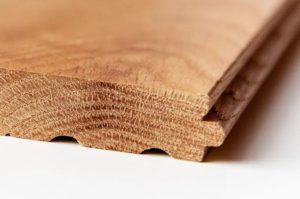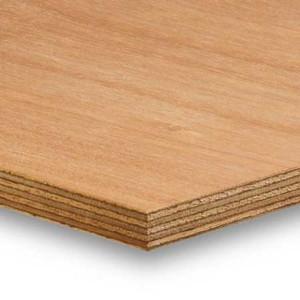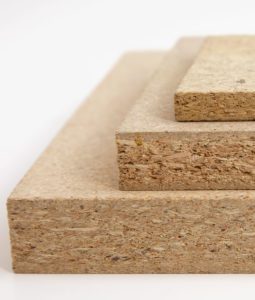What’re the differences between solid wood, plywood and particle board for cabinet construction?
HARDWOOD

Pros :
Made from natural lumber, typically hardwood like oak, maple, or cherry
Known for its durability, strength, and natural beauty
Solid wood cabinets have a timeless and high-end aesthetic appeal
Can be refinished or repaired easily if damaged
Cons :
More susceptible to warping and expanding with changes in temperature and humidity
More expensive than other materials due to their premium quality
PLYWOOD

Pros
Made from multiple layers of thin wood veneers that are glued and pressed together. Known for its strength, stability, and resistance to warping.
Plywood cabinets are less prone to moisture-related issues compared to solid wood.
They have a smooth and consistent surface, making them suitable for various finishes.
More affordable than solid wood, making it a popular choice for cabinet construction.
Cons:
The visible edges of plywood may have a layered appearance unless covered with edge banding.
PARTICLEBOARD

Pros:
Made from wood particles or fibers mixed with resin and compressed into panels.
It is an engineered wood product and is typically less expensive than solid wood or plywood.
Particleboard has a smooth and consistent surface, which makes it suitable for veneering or laminate finishes.
Cons:
Less durable and more susceptible to moisture damage compared to solid wood or plywood.
Particleboard is also less resistant to impacts and may not hold screws as securely.
Its affordability makes it a popular choice for budget-friendly cabinets or as a base material for veneered cabinets.
